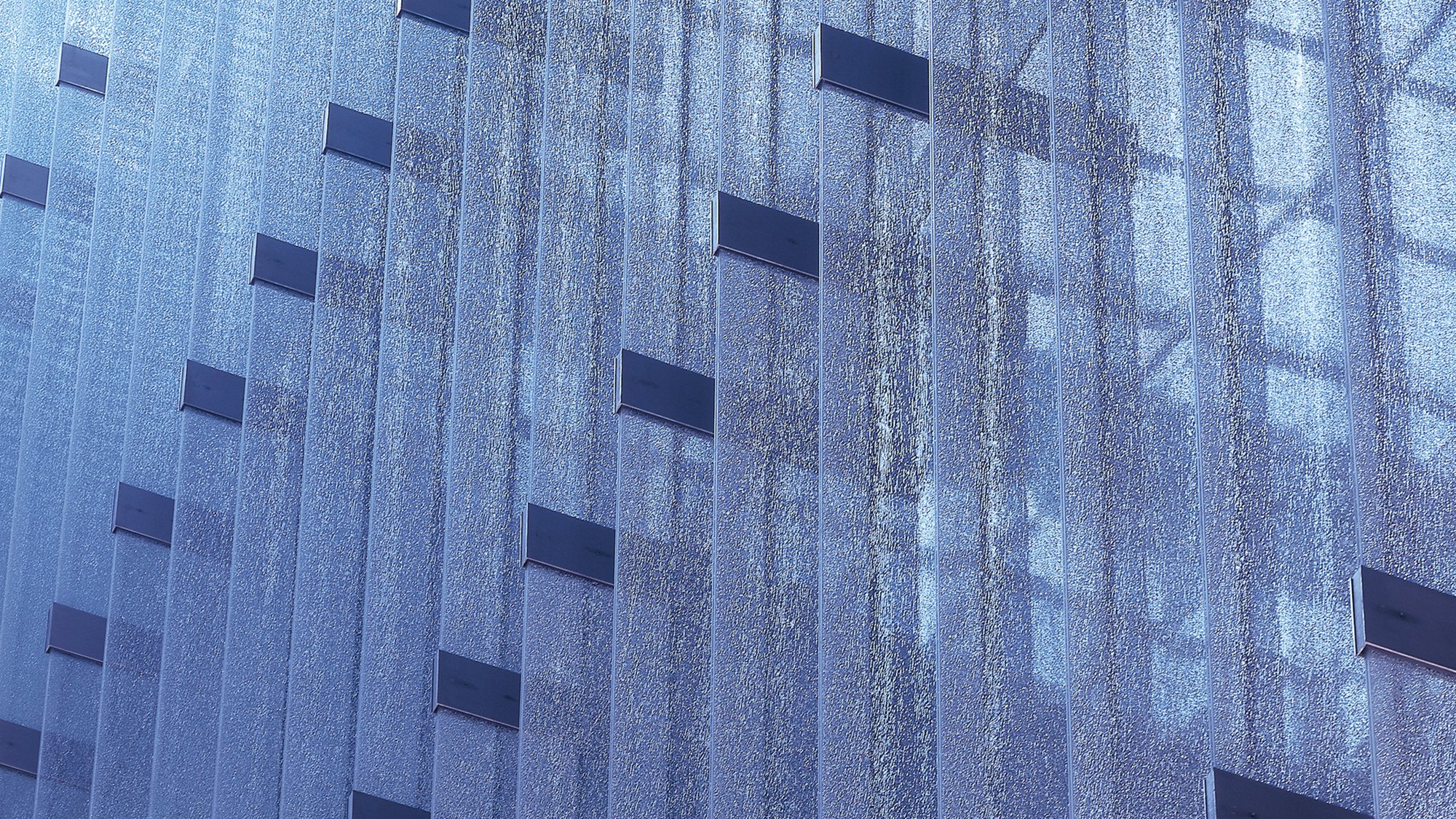Materials play a fundamental role in the built environment; in its design, in its management. Our materials experts help you navigate complex choices through clear-sighted advice and recommendations, assessing the opportunities, capabilities, reliability and risks of materials and manufacturing methods. Whether you have a blank canvas, want to optimise the performance of a new structure or understand risks to an existing one, or you want to sustain and enhance the lifespan of your asset.
Informed, actionable advice
Laboratory testing is valuable, but real-world actionable advice comes from a combination of scientific rigour and engineering experience. We are materials scientists, but also designers and engineers. That practical experience gives us an intimate understanding of materials in use: from design to assurance, modification and sustainment, to failure analysis.
Beyond the practicalities of responsible sourcing and manufacturing processes and the performance and durability of particular materials, our insights unlock opportunities. Rather than being a constraint, a material can suggest new forms, new designs, new possibilities. Properly understood, it can influence lower carbon costs as well as lower budgets. And it can determine the value of materials for deconstruction, reuse and recycling.
Choosing the right materials for sustainable development
The 20th Century saw unprecedented development of our built environment. Now, in the 21st Century, we are having to anatomise the materials that constructed our world: their resilience, their role in the design life of structures, the probability of their failure, the ways to mitigate any failure and extend that design life.
Designing for the circular economy
Reducing the high carbon cost of new structures is an imperative for the built environment. We are helping designers explore the contribution biomass materials like timber, stone, wool and resins can make to reducing that cost and, through their reuse and recycling, to the circular economy.
Future planning and re-use
Asset owners need reassurance about the design life of their assets and ideas that will prolong that life or extend the possibilities of their structure. With infrastructure such as motorways, bridges or dams, you cannot simply take them ‘out of service’ when structural, material issues arise.
We identify possible material risks, helping you evaluate the health of that asset and, if needed, suggest ways to mitigate any risk. So you have a clear-sighted view of its durability, any cost or shutdown implications, and a timetable of actions to sustain its life.
Turning materials into possibilities, not constraints
Materials are not just what the built environment is made from. Their technical performance and aesthetic have an immediate impact on the people who use, live in, work in or visit those buildings and infrastructure projects.
Materials – old and new – shape our experience of our environment. From timber, stone and glass to the flexibility of modern composites and textiles. As materials specialists but also designers, we share a common language with architects and engineers, using our knowledge to play a key part in the design process.
The material opportunity
We reveal the opportunities that alternative materials and production processes - or familiar materials differently imagined - can bring to a project. It is an interactive and iterative process: exploring opportunities; their implications and limitations; suggesting alternatives and; refining ideas. This journey of joint discovery can profoundly affect form and function, leading to inspired collaborative solutions.
Informed by codes, inspired by possibility
Codes and standards often dictate or suggest material choices. But codes and standards are by their nature backward-looking. They tell us what has worked in the past and struggle to keep pace with design that aspires to the new demands of a net zero and circular economy.
We have been involved in the definition of many of these codes. So we are well placed to translate their intent into new contexts which they could not have anticipated - responding to new challenges whilst remaining true to the spirit they express.
Delivering excellence
Drawings and specifications are only valuable if they translate accurately into built reality. Our experts work with project teams during the build phase to give confidence that the processes and materials specified for your project and the ones used in its construction, underpin its long-term performance.
Our input considers how materials look, last, feel and smell, translating these into objective parameters including tests, standards and acceptance criteria that are appropriate to the design, materials and production processes. This applies equally to the integrity of challenging metals fabrication or to the air quality in buildings with innovative material finishes.
For legacy structures, in many cases, initial assumptions that informed an asset’s predicted lifespan are very conservative. Often, they have more capacity than originally imagined. Using evidenced-based materials testing, we help you build the case for a longer design life. As well as highlighting potential issues, we are equally ready to reassure you when materials are robust and there is no need for intervention.
 ;
;


